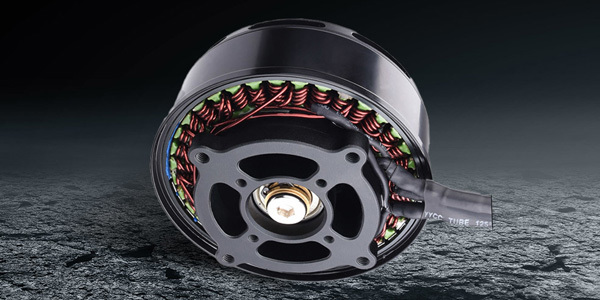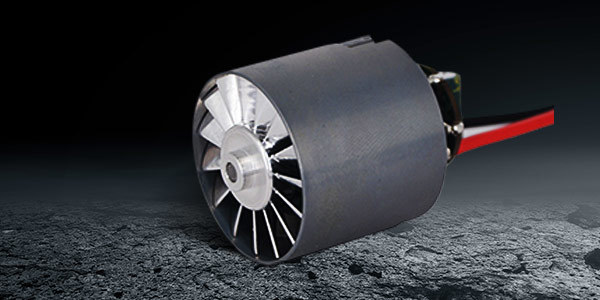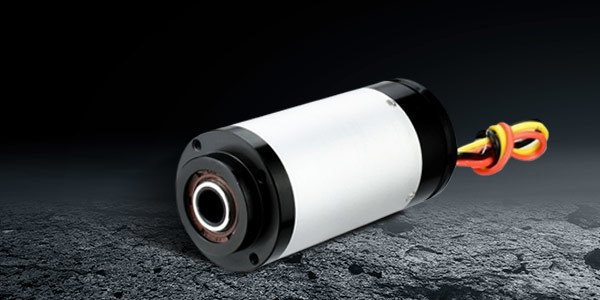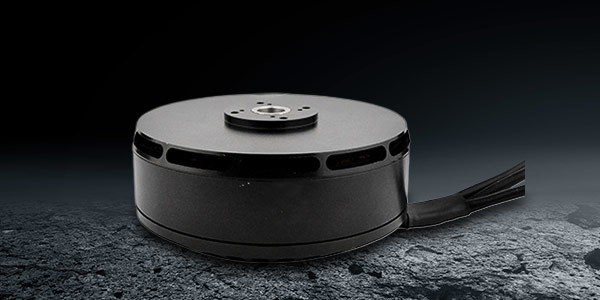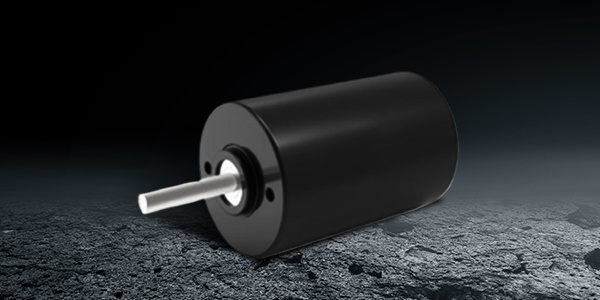Sep 30,2025
Unleashing the Potential of Flying Drone Power Kits for Electric Motors
Unleashing the Potential of Flying Drone Power Kits for Electric Motors Table of Contents 1. Introduction to Flying Drone Power Kits 2. Understanding Electric Motors and Their Applications 2.1 Types of Electric Motors 2.2 The Role of Electric Motors in Modern Technology 3. The Evolution of Drone Technology 3.1 From Conventional Drones to Power Kits 3.2 Current Trends in Drone Power
Unleashing the Potential of Flying Drone Power Kits for Electric Motors
Table of Contents
1. Introduction to Flying Drone Power Kits
2. Understanding Electric Motors and Their Applications
2.1 Types of Electric Motors
2.2 The Role of Electric Motors in Modern Technology
3. The Evolution of Drone Technology
3.1 From Conventional Drones to Power Kits
3.2 Current Trends in Drone Power Solutions
4. How Flying Drone Power Kits Work
4.1 Key Components of Drone Power Kits
4.2 The Science Behind Power Transfer
5. Advantages of Using Drone Power Kits for Electric Motors
5.1 Enhanced Efficiency and Performance
5.2 Versatility in Various Applications
6. Key Industries Benefiting from Drone Power Kits
6.1 Agriculture
6.2 Construction
6.3 Logistics and Delivery
7. Future Prospects of Drone Power Technology
7.1 Innovations on the Horizon
7.2 Challenges and Opportunities in the Market
8. Frequently Asked Questions (FAQs)
9. Conclusion
1. Introduction to Flying Drone Power Kits
The advent of drone technology has ushered in a new era of possibilities, particularly within the realm of electric motors. **Flying drone power kits**, an innovative application of drone capabilities, are designed to enhance the performance and efficiency of electric motors in various industries. With their ability to provide power on-the-go, these kits are reshaping how we view mobility and energy transfer. This article aims to delve deeper into the potential of these power kits, exploring their working principles, advantages, and applications.
2. Understanding Electric Motors and Their Applications
Electric motors serve as the backbone of modern machinery, powering everything from household appliances to industrial equipment. Understanding the different types of electric motors and their applications is essential as we explore how flying drone power kits can enhance their functionality.
2.1 Types of Electric Motors
Electric motors can be classified into several categories based on their construction and operational principles. The most common types include:
- **AC Motors:** Alternating current motors, commonly used in industrial applications due to their reliability and efficiency.
- **DC Motors:** Direct current motors, offering ease of control and typically used in smaller applications.
- **Stepper Motors:** Used in precision applications where exact positioning is required, such as in robotics and CNC machines.
2.2 The Role of Electric Motors in Modern Technology
Electric motors play a pivotal role in a myriad of sectors, including transportation, manufacturing, and renewable energy. Their ability to convert electrical energy into mechanical energy enables them to drive systems ranging from electric vehicles to industrial machinery. The integration of flying drone power kits can significantly enhance these systems, providing additional power and efficiency.
3. The Evolution of Drone Technology
Drones have evolved dramatically since their inception. Initially, they served primarily military purposes; however, their applications have expanded into various civilian domains.
3.1 From Conventional Drones to Power Kits
The transition from traditional drones to **flying drone power kits** represents a significant leap in technology. These kits are not merely aerial vehicles; they incorporate advanced energy management systems to provide power where and when it is needed.
3.2 Current Trends in Drone Power Solutions
Today's drone power solutions focus on efficiency, portability, and ease of use. Innovations such as solar-powered drones and hybrid propulsion systems are becoming increasingly common, enhancing the capabilities of electric motors across various applications.
4. How Flying Drone Power Kits Work
Understanding the mechanics behind flying drone power kits is crucial for grasping their potential impact.
4.1 Key Components of Drone Power Kits
Flying drone power kits typically consist of the following key components:
- **Power Generation Unit:** This may include solar panels or battery systems that generate energy.
- **Energy Management System:** This system regulates power distribution to ensure the electric motor operates efficiently.
- **Flight Control System:** Allows the drone to navigate and maintain stability during operation.
4.2 The Science Behind Power Transfer
The power transfer mechanism in flying drone power kits involves advanced technologies that maximize efficiency. **Wireless power transmission**, for instance, allows energy to be transferred from the drone to the electric motor without physical connections, reducing energy loss and enhancing performance.
5. Advantages of Using Drone Power Kits for Electric Motors
The incorporation of flying drone power kits into electric motor systems offers numerous advantages.
5.1 Enhanced Efficiency and Performance
Utilizing drone power kits can lead to significant improvements in the efficiency of electric motors. By providing a continuous power supply, these kits minimize downtime and enhance overall performance.
5.2 Versatility in Various Applications
Flying drone power kits are incredibly versatile, making them suitable for a wide range of applications, from powering agricultural equipment to enhancing transportation systems. Their adaptability allows for innovative solutions across various sectors.
6. Key Industries Benefiting from Drone Power Kits
Several industries stand to gain immensely from the integration of flying drone power kits.
6.1 Agriculture
In agriculture, **drone power kits** can provide energy for automated machinery and sensors, improving crop monitoring and management systems. This enhances productivity and sustainability in farming practices.
6.2 Construction
In the construction industry, drones can power tools and machinery, reducing reliance on traditional power sources and increasing efficiency on job sites.
6.3 Logistics and Delivery
The logistics sector can leverage drone power kits to enhance delivery systems, providing energy to electric vehicles and ensuring timely and efficient logistics operations.
7. Future Prospects of Drone Power Technology
As technology continues to evolve, the future of drone power kits looks promising.
7.1 Innovations on the Horizon
Emerging technologies, such as advancements in battery technology and energy management systems, are expected to drive the development of more efficient and powerful drone power kits.
7.2 Challenges and Opportunities in the Market
While the potential is vast, challenges such as regulatory hurdles and technological limitations must be addressed to fully realize the benefits of flying drone power kits. However, these challenges also present opportunities for innovation and growth in the industry.
8. Frequently Asked Questions (FAQs)
What are flying drone power kits?
Flying drone power kits are systems designed to provide energy to electric motors using drones, enhancing performance and efficiency in various applications.
How do these kits improve electric motor efficiency?
They provide a continuous power supply, reducing downtime and ensuring optimal operation of electric motors.
What industries can benefit from flying drone power kits?
Industries such as agriculture, construction, and logistics can greatly benefit from the capabilities of drone power kits.
Are there any limitations to using drone power kits?
Challenges include regulatory issues, technological limitations, and the need for robust energy management systems.
What is the future of drone power technology?
The future looks promising, with ongoing innovations in battery technology and energy management that will enhance the capabilities of flying drone power kits.
9. Conclusion
Flying drone power kits represent a groundbreaking advancement in the field of electric motors. By integrating these innovative power solutions, industries can enhance efficiency, reduce operational costs, and open up new possibilities for electric mobility. As technology evolves, the potential of these power kits will continue to expand, paving the way for a more sustainable and efficient future. Embracing this technology today can position industries for success in an increasingly electrified world.
Previous: Essential Flying Drone Accessories for Enhanced Performance
Next: The Essential Guide to Brushless Motors in Flying Drones
Latest News

